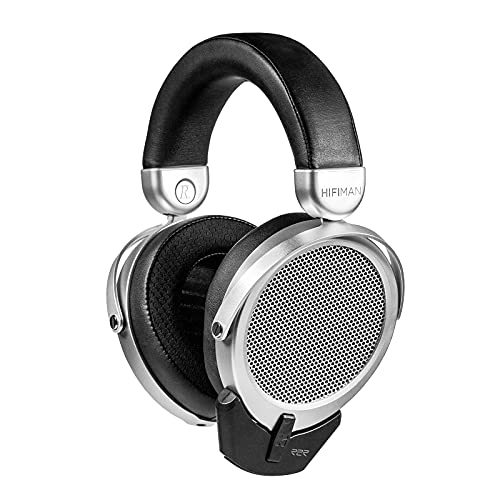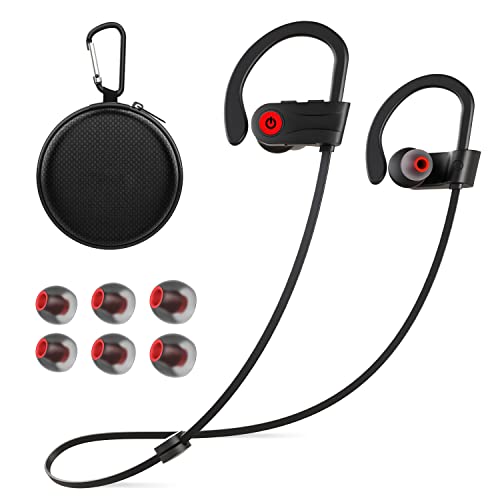How To Explain Headphones To Your Grandparents
페이지 정보

본문
 How to Choose the Best headphones stores
How to Choose the Best headphones storesHeadphones are a great method to enjoy audio without disturbing anyone else. With so many options, it can be difficult to choose the best pair for you.
 Research has shown that listening to music at work can increase productivity. Using headphones to block out distractions can help you focus.
Research has shown that listening to music at work can increase productivity. Using headphones to block out distractions can help you focus.Comfort
It is important to wear headphones that are comfortable to wear for prolonged periods of time. If the headphones aren't snug enough, they can cause pain in the ears or around the head, especially if used for long gaming sessions or listening to music.
It is important to test them out before buying them. The degree of comfort will be determined by your head's shape and size. If you can't test the headphones for yourself, make sure to check the return policy for the retailer. Many retailers provide hassle-free returns and exchanges for products that you purchase on the internet.
Comfortable headphones are typically those with lots of padding and materials that are soft to the feel. The padding is crucial for headphones that rest on your head and ear. It helps distribute pressure evenly. We prefer padding that is thick, dense, and soft, as well being uniformly smooth. Pads made of soft and breathable velour microfibre, or faux leather have a better chance of being more comfortable than pads made of mesh, plastic or foam.
The fit of the earcups around the ears is crucial. Ear cups that are fixed can cause discomfort in this area because they exert a rigid, unnatural clamping force. This can cause discomfort and fatigue after long use. The most effective earcup design allows the pads to move vertically and laterally on the ears. This allows them to be more flexibility.
It is also a good idea to avoid headphones that are overly tight on the head, since they can cause headaches. This could be due to the weight of the headphone pushing into the scalp or the tightness of the headband. It could also result from poorly designed ear cups which are not properly positioned. Similarly, headphones that have unpadded padding may become uncomfortable after long-term use as the padding becomes worn out or shifts around.
Noise-Cancelling
Noise cancelling headphones are the best option for those who want to listen to podcasts, audiobooks or music, or make calls while working. These headphones have ear cups specifically designed to block out all any background noise. They are available in both in-ear and over-ear options. They come with built-in microphones that allow you to converse with other users, too.
The noise-canceling capabilities of headphones are built around two technologies that operate in different ways that include passive noise isolation and active noise cancellation. Both technologies can help reduce background noise however, each has its own advantages and disadvantages.
The most common kind of noise cancellation is passive isolation, which creates an actual barrier that blocks out external sounds. These are the big heavy headphones that wrap around your ears and have extra padding to block out the sound of your surroundings. These headphones are not as flexible and you can't take them off to see what's going on around you.
In-ear and over-ear noise-canceling headphones are more complicated, since the technology needs to be implemented in the ear cup and the electronics. Noise-canceling headphones include processors and microphones that detect the surroundings using onboard sensors. The microphones pick up sounds and analyze them with onboard software. The processors create a "fingerprint" of the noise and create an anti-sound signal that is played back to block out the background sound.
This is done by creating a wave 180 degrees out-of-phase with the sound that is coming through and then cancelling out the sound, and you hear only your audio. The anti-sound is fed to the speakers of your headphones, which then play it to you over your regular audio.
The most advanced headphones come with an onboard sensor which monitors the environment and adjusts the noise cancellation accordingly. The level of ANC can be altered by using the slider on the headphone or mobile app, and can even be turned off completely to let you hear what's happening around you. This technology is particularly efficient at reducing low-frequency noises like the hum of airplane engines or traffic. Noise-canceling technology is less effective at reducing higher-frequency sounds, such as the sound of a conversation, a sneeze or music the sound of airplane engines.
Immersion
Headphones are electroacoustic transmitters worn on or around the head to transmit and amplify audio signals. They let one person listen to a source of sound at a distance without disturbing anyone else unlike loudspeakers that broadcast sound for everyone to hear.
Manufacturers of headphones design them with a variety of features to satisfy different users' needs. Some headphones come with microphones that allow for two-way communication as well as active noise cancellation which reduces ambient sound while listening music or using your mobile phone. Other kinds of headphones employ high-end audio drivers that provide high-quality audiophile sound.
Some headphone models can be used without a stationary audio device, such as a home theater system, CD player or personal computer. They are often small enough to fit in a bag, carry-on luggage or travel case. They may also be powered by batteries. They can be connected to other devices with a standard headphone offers sale socket, such as mobile phones and personal digital assistances (PDAs).
Different types of headphones can block ambient noises by blocking them from the ear with active or music passive sound cancellation. Noise isolation is commonly used in over-ear, circumaural and closed-back designs. Active noise cancellation is only available on closed-back headphones. Other types of headphones can block out external noises through the vibration of their inner ear. Bone conduction headphones are a prime instance.
Because of their direct link with the ear, headphones can provide a higher level of sound quality than loudspeakers. They are usually smaller, and the diaphragms for earphones can be much thinner than the ones of a speaker, which allows them to move a larger volume of air to create the same perceived loudness.
Bone conduction headsets don't come with the traditional headbands or ear cups, but utilize bone-conducting technology to transfer audio frequencies from the outer ear to the inner ear through the cheekbone and jawbone. These headphones are an alternative to traditional headphones that can be used in noisy environments like the library or on planes.
Health
In a world full of products designed to grab attention, headphones allow you to block out distracting sounds and stay focused on your work. This increase in productivity can boost your mood and allow you to get through a dull job or a day at work.
Headphones are also useful for listening to podcasts as well as audiobooks. They can be useful for those who are learning a language and require hearing the words spoken. They can also aid people who have trouble falling asleep in noisy surroundings.
However, there are health issues associated with headphones. Too loud sounds can cause hearing damage and the long-term use of headphones can lead to tinnitus. The best way to avoid these issues is to limit the time you spend listening to music or other media using headphones uk shop, and to listen at a moderate volume.
Many people have experienced dizziness or vertigo following the use of active noise cancelling headphones (ANC). The reason for this is that the absence of sounds from outside could disrupt the balance mechanism inside your ears, which helps the brain to determine your body's location and movement in space.
There are many advantages of headphones, you should be aware of whether they're appropriate for your workplace. You might need to communicate with customers or colleagues in the course of your work. Wearing headphones can make it difficult to do this. There are also safety issues when using headphones at work.
If you wear headphones for prolonged periods of time, they could cause shoulder, neck and back problems. You tend to hold the device close to your head, which could put stress on your neck, shoulders and back. Plantronics is a headset maker discovered that headset users suffer 35 percent more shoulder and neck strain than non-headset wearers.
A second problem with headphones is they can expose you to EMF radiation. merchandise headphones with wires have the traditional plug that is plugged into an audio source, and the sound is transmitted through the metal wires to plastic hubs that house external speakers. The headsets then emit a low-energy version of electromagnetic field radiation which can affect your health. Air tube headphones can reduce your EMF exposure by removing the metal cables.
- 이전글15 Incredible Stats About Mesothelioma Pay Out 23.11.27
- 다음글How Milton Keynes Car Key Programming Has Become The Most Sought-After Trend In 2022 23.11.27
댓글목록
등록된 댓글이 없습니다.